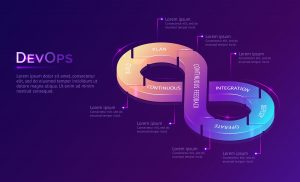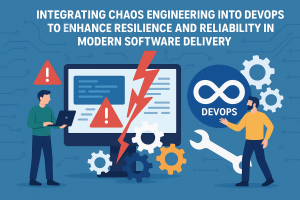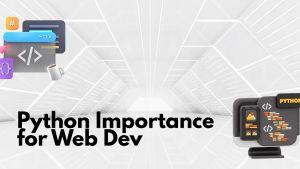
Frontend vs Backend Development: Understanding the Difference
In web development, frontend and backend are terms you’ll hear often. While they work together to create functional websites and apps, they focus on very different aspects of the development process. Understanding the difference can guide aspiring developers and businesses in making the right decisions. What is Frontend Development? The frontend is everything users interact with directly. Often called the “client-side”, it handles the visual and interactive elements of a website or app. Key Points About Frontend Development: Focus: Visuals, Layout, and User Experience Frontend developers create interfaces that are visually appealing and easy to navigate. This includes colors, fonts, buttons, menus, and page layouts to ensure a smooth experience for users. Technologies Used: HTML: Provides the structure of a webpage (headings, paragraphs, images). CSS: Styles the webpage by controlling colors, spacing, and layouts. JavaScript: Adds interactivity, like pop-ups, sliders, and animations. Frameworks & Libraries: Tools like React, Angular, Vue.js,

What is DevOps? A Formal Overview
Development (Dev) and IT operations (Ops) to shorten the software development life cycle. This methodology enables organizations to deliver new features, bug fixes, and updates with high quality and reliability. At its core, DevOps represents a cultural and professional movement that encourages seamless collaboration and communication between these two traditionally siloed teams. The Roles: Development vs. Operations To understand DevOps, it’s essential to define the core roles it unites: Development (Dev): This team consists of software engineers who are responsible for designing, writing, and improving code. Their primary focus is on building new features, fixing bugs, and ensuring the application meets user requirements. Common tools used by development teams include Git, Docker, and IDEs like Visual Studio Code. Operations (Ops): This team is composed of IT professionals and system administrators who manage the infrastructure and ensure software runs reliably. Their responsibilities include deploying applications to servers or cloud platforms, managing

Integrating Chaos Engineering into DevOps to Enhance Resilience and Reliability in Modern Software Delivery
Chaos engineering is particularly relevant in DevOps, as it aligns with the DevOps principles of continuous improvement, automation, and resilience in software delivery. Here’s how chaos engineering applies in the DevOps world: 1. Continuous Testing and Validation of Resilience In DevOps, continuous integration (CI) and continuous delivery (CD) pipelines ensure that changes are consistently integrated, tested, and deployed with minimal downtime. Chaos engineering extends this concept by adding continuous testing of system resilience. For example, incorporating chaos experiments in CI/CD pipelines enables teams to automatically simulate failures in pre-production or production environments, ensuring each deployment can handle disruptions. 2. Enhanced Monitoring and Observability Chaos engineering experiments highlight the importance of monitoring and observability, which are key aspects of a DevOps workflow. By intentionally disrupting services, teams can identify gaps in their monitoring systems and fine-tune alerting mechanisms. 3. Shift-Left Approach to Reliability DevOps has a strong focus on shifting left—meaning

Linux Shell Script and Command Line for Beginners
Introduction to Bash Scripting Definition of Bash Scripting A Bash script is a file containing a sequence of commands executed by the Bash program line by line. It allows you to automate tasks, such as navigating directories, creating files, or launching processes, by saving these commands in a script. Once created, you can execute the script to repeat the same sequence of steps multiple times. Advantages of Bash Scripting Bash scripting is a powerful tool for automating tasks in Unix/Linux systems. Here are some key benefits: Automation: Automates repetitive tasks, saving time and reducing the risk of manual errors. Portability: Scripts can run on various platforms, including Unix, Linux, macOS, and Windows (using emulators or virtual machines). Flexibility: Highly customizable and can be combined with other programming languages or tools. Accessibility: Easy to write and edit using any text editor. Most operating systems come with a built-in Bash interpreter. Integration:

PYTHON IMPORTANCE FOR WEB DEV
Python offers a variety of web development frameworks. Many developers choose Python because of its robust and extensive libraries, simple-to-learn syntax and portability for machine learning. If you wish to work as a web developer, it may be beneficial to learn how to use Python for web development. In this article, we examine what web development is and how to develop web applications with Python. How To Do Web Development With Python Web development with Python is much more beneficial in comparison to other object-oriented programming languages, even though web browsers do not use Python. Web development can be broadly referred to as generating and managing websites. Instead of being within the purview of a single department in a company, web development may involve departmental collaboration. Web development can include creating a single static site of simple text or it can involve creating complicated web apps, online stores and social
